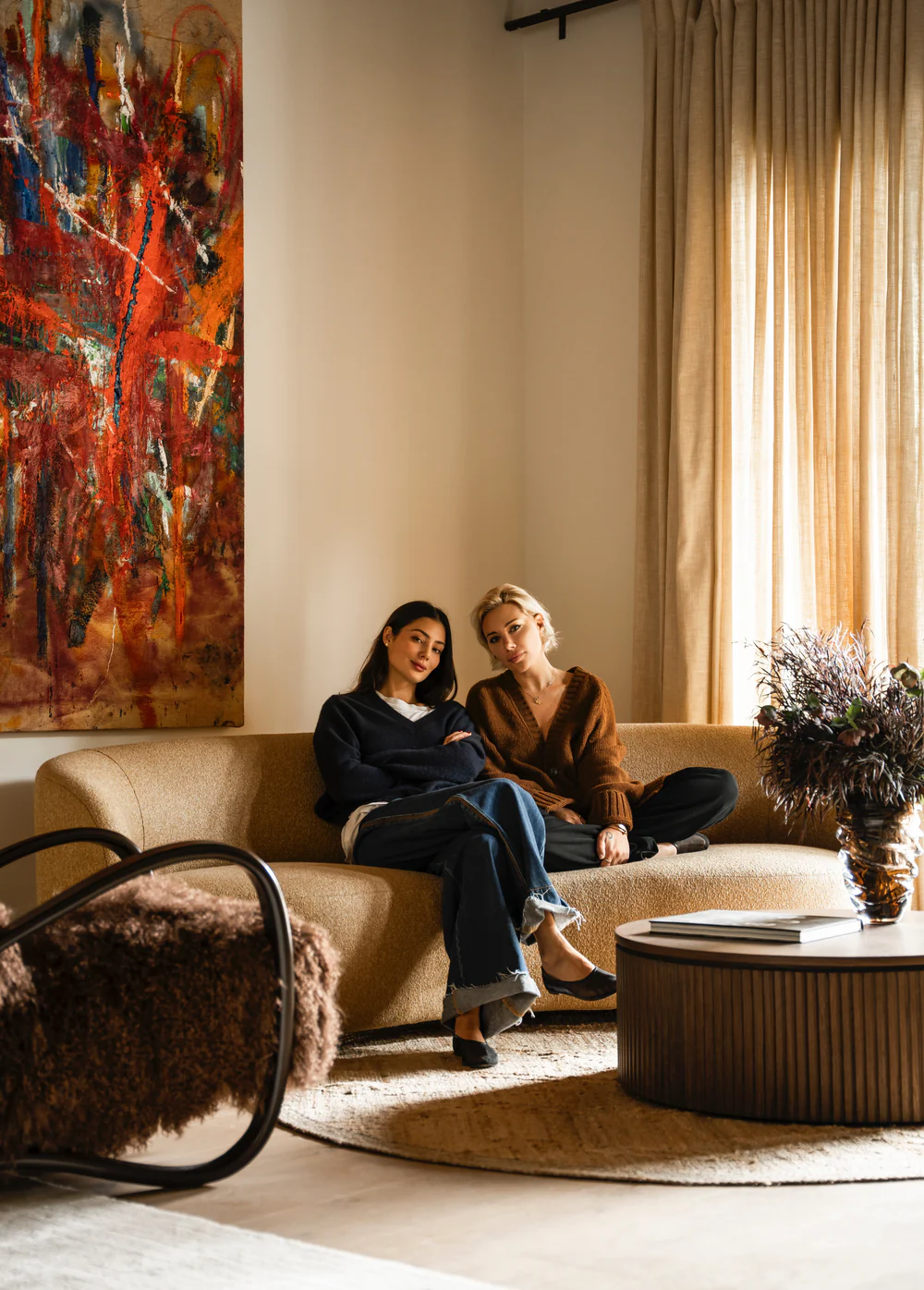
House of Rolison Olise Icon of Tomorrow
https://olisemagazine.com/pages/house-of-rolison-olise-icon-of-tomorrow
Amanda Leigh and Taylor Hahn
ICON OF TODAY
Amanda Leigh and Taylor Hahn, partners in both life and business, founded their Los Angeles–based design-build studio after meeting in 2020 and discovering a shared passion for architecture and craft. Amanda brought a decade of construction experience, while Taylor’s background in architecture and software development gave the pair a complementary skill set. Together, they created House of Rolison as a practice rooted in storytelling, intuition and a belief in bringing soul back to homes.
Their projects balance preservation with reinvention, revealing the character of older properties while layering in thoughtful, modern interventions. From Los Angeles hillside villas to contemporary family homes, each space is designed to feel warm, authentic and deeply connected to the lives of those who inhabit it.
Get to know them better in our interview below.

Q: What brought you together creatively, and how did House of Rolison come to life?
We’re partners in life and in design, and that connection shows up in everything we do. We see things through the same lens—creatively, emotionally, and practically—which makes the design process feel intuitive. House of Rolison was born out of a shared obsession with character-rich homes and a deep respect for restraint. We don’t just want to make things beautiful—we want them to feel intentional, lived-in, and timeless. We challenge each other constantly, but we always land in a place that feels aligned.
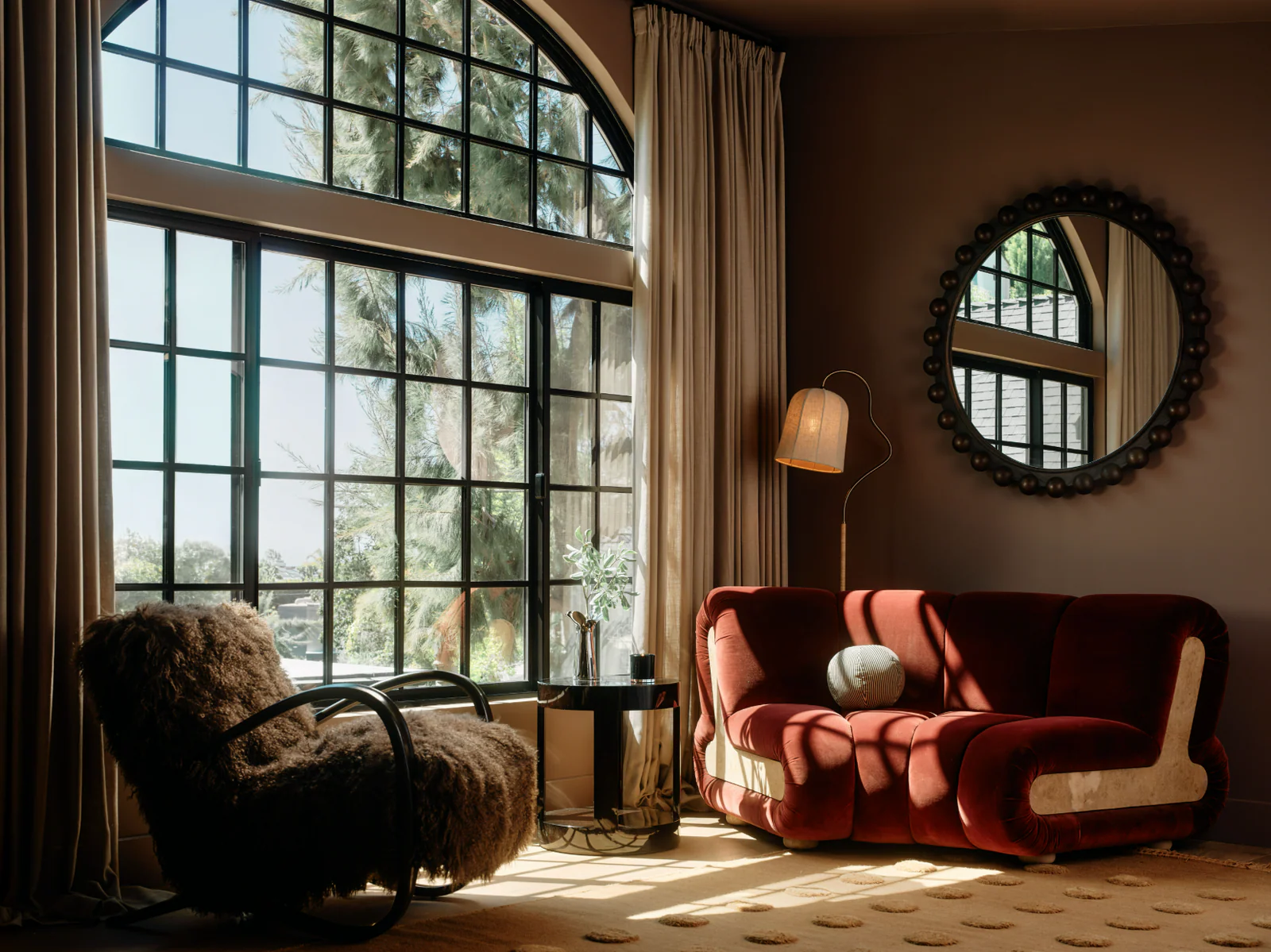
Q: When you first walked into this 1930s estate, what was your first thought or emotion?
We felt like we’d stepped into a house that had been asleep for decades, waiting for someone to wake it up gently. There was this quiet strength to the bones—the doorways, incredible light, and even under all the dust, a sense of calm. Our first instinct wasn’t to change it, but to listen to it..

Q: You sourced vintage brick from Facebook Marketplace. What drew you to that idea?
Honestly? Serendipity. We were scrolling late one night and came across a batch of vintage brick someone had salvaged from a teardown in the Valley. It was imperfect in all the right ways—weathered, varied, and exactly the kind of texture that gives a space history. We built an entire palette around it.
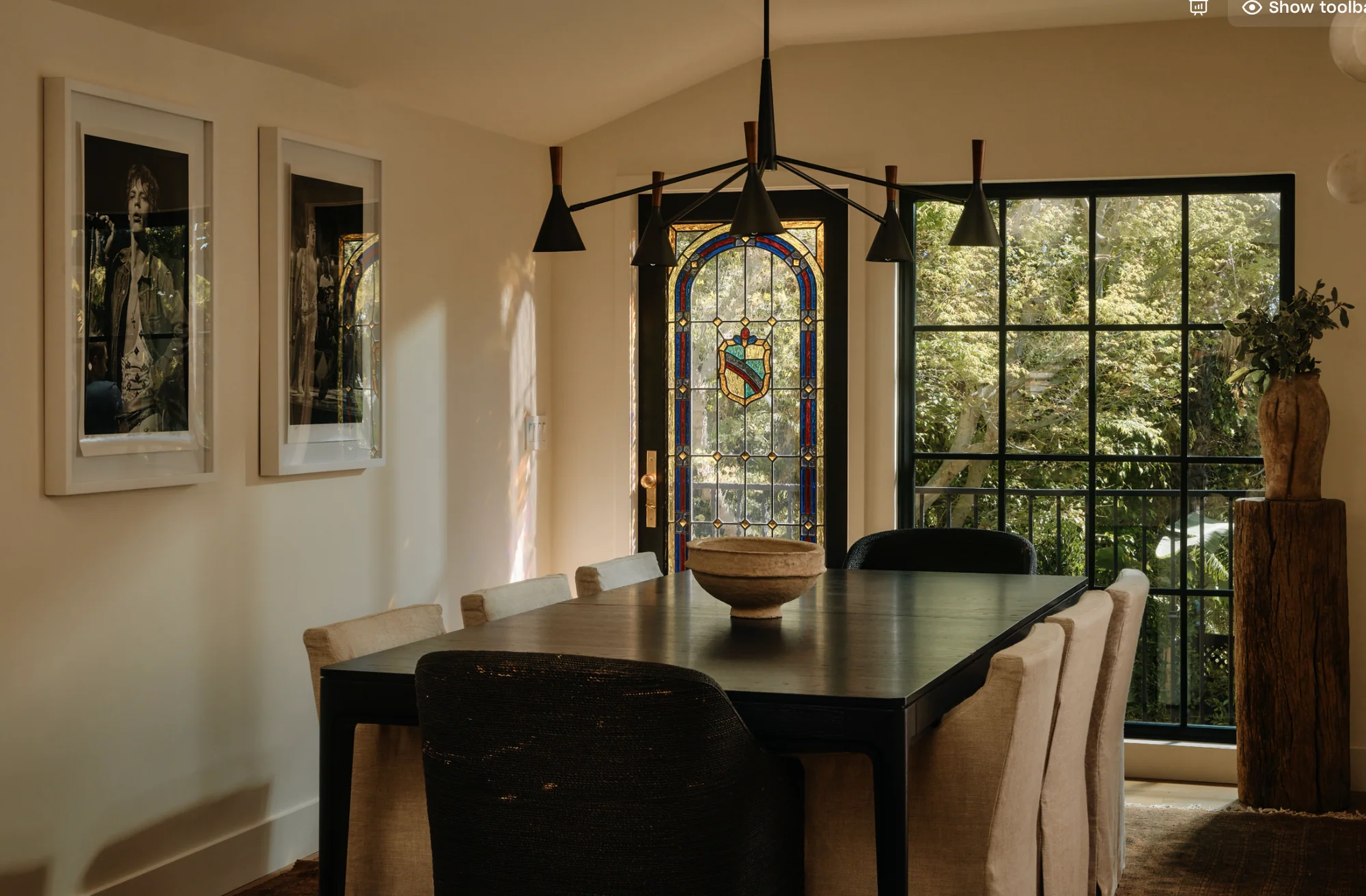
Q: You salvaged original features like stained glass and Delft tiles. How do you decide what to preserve, and how to weave it into a modern context?
We treat those elements like heirlooms. If it feels like it belonged to the house in a meaningful way, we try to save it. But preservation doesn’t mean freezing something in time—it means honoring it while giving it a new conversation partner. A century-old tile might sit next to a sleek, modern brass fixture, and somehow they balance each other out.
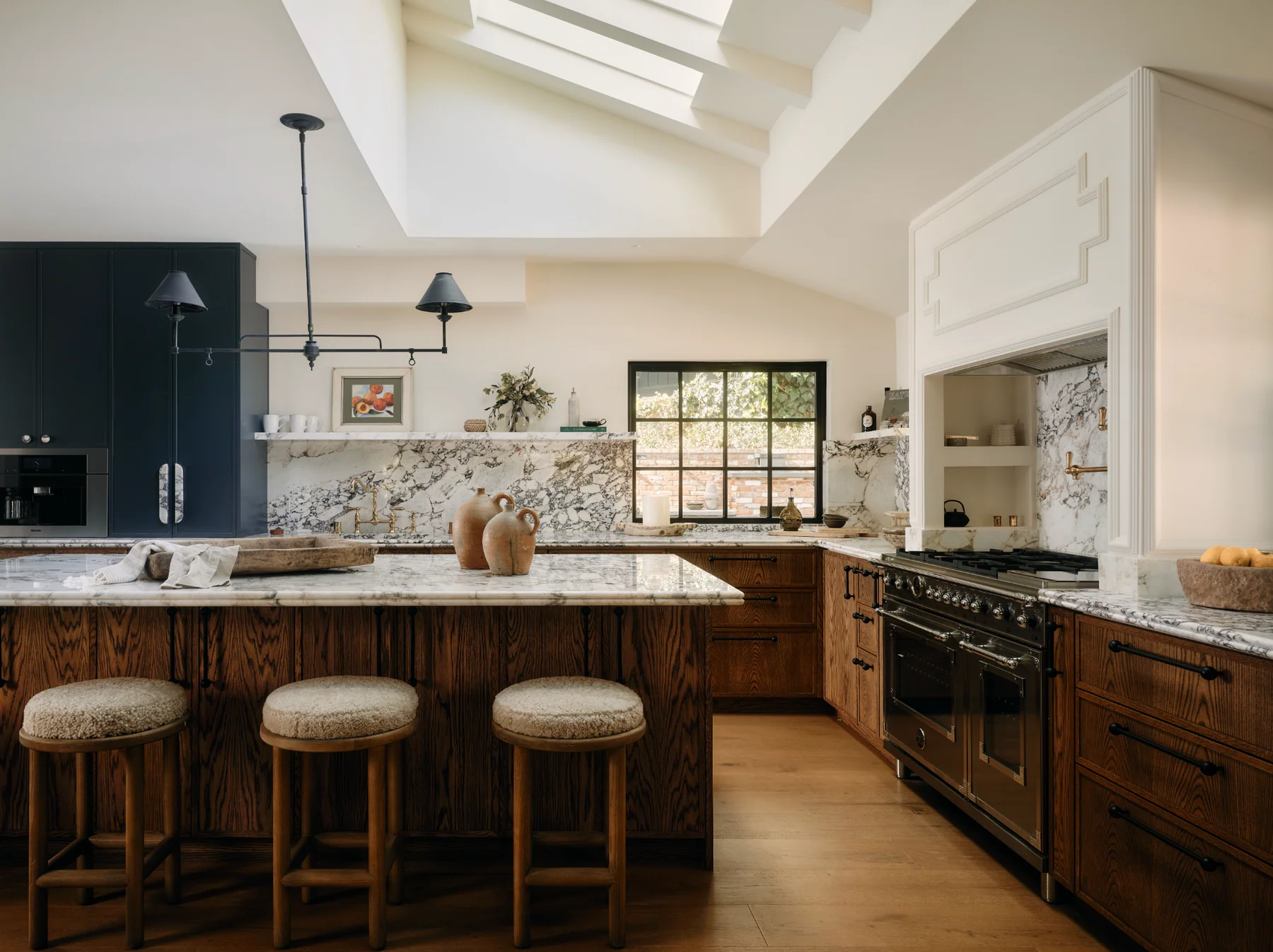
Q: The palette, deep maroons and navy, feels moody yet timeless. What inspired that choice, and how do you keep bold colors feeling refined?
We wanted the home to feel cinematic, like a still from a film you couldn’t quite place in time. Moody colors invite slowness and depth, and when you pair them with natural materials—stone, oak, raw linen—they breathe. The key is restraint. Let one or two tones do the heavy lifting and give everything else room to exhale.
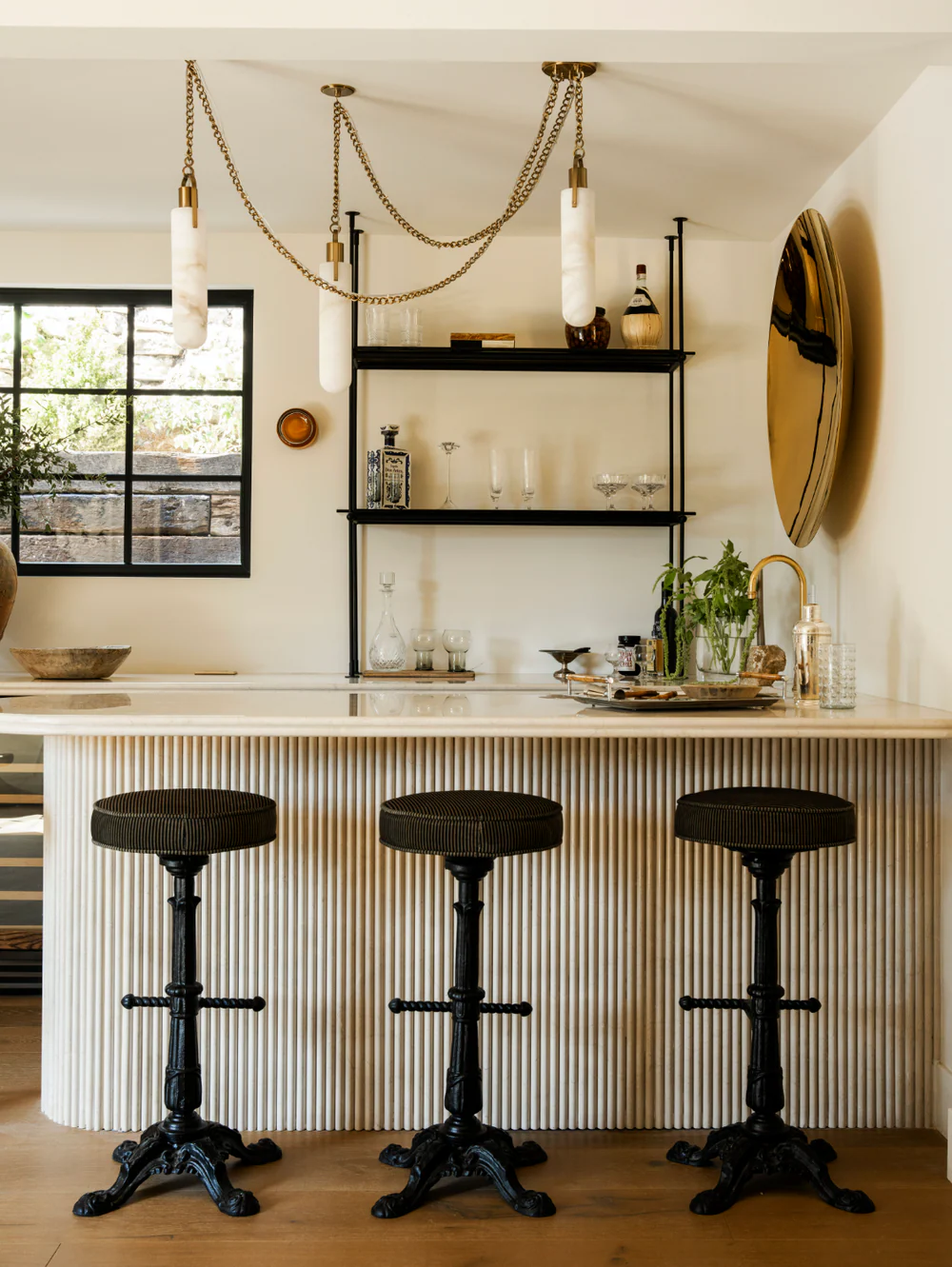
Q: How do you approach restoration when you’re working with layers of the past that need rediscovery?
We treat it like archeology meets storytelling. Some things want to be uncovered, and others are better left as memory. We don’t aim to erase what came before—we try to find the thread that still makes sense today, and pull it forward with care.

Q: How do you balance individual lifestyles with preserving the soul of a historic home?
That’s the tightrope, right? The soul of the home always comes first. But think about how it will be lived in and make space for their lives to coexist with the architecture, not bulldoze it. When both are respected, the design feels layered and lived-in, not staged or forced.
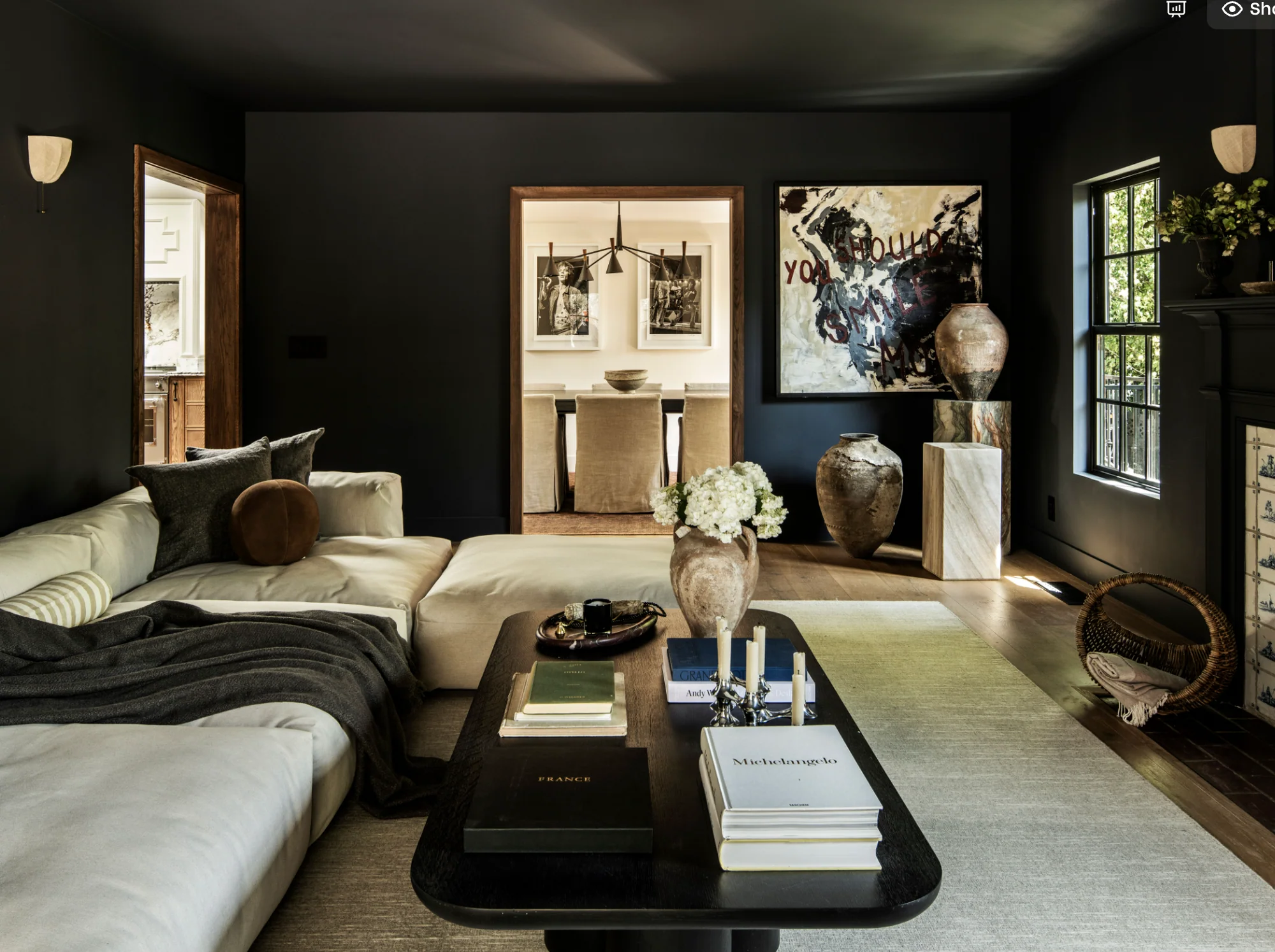
Q: What legacy do you hope this project leaves behind—for the next owners, the neighborhood, and House of Rolison?
We hope it feels like an homage to craft, and to honoring what came before. For the next owners, we hope it’s a sanctuary. For the neighborhood, we hope it feels like an upgrade that didn’t erase its roots. And for us—this one reminded us why we do what we do: to give houses back their voices.


